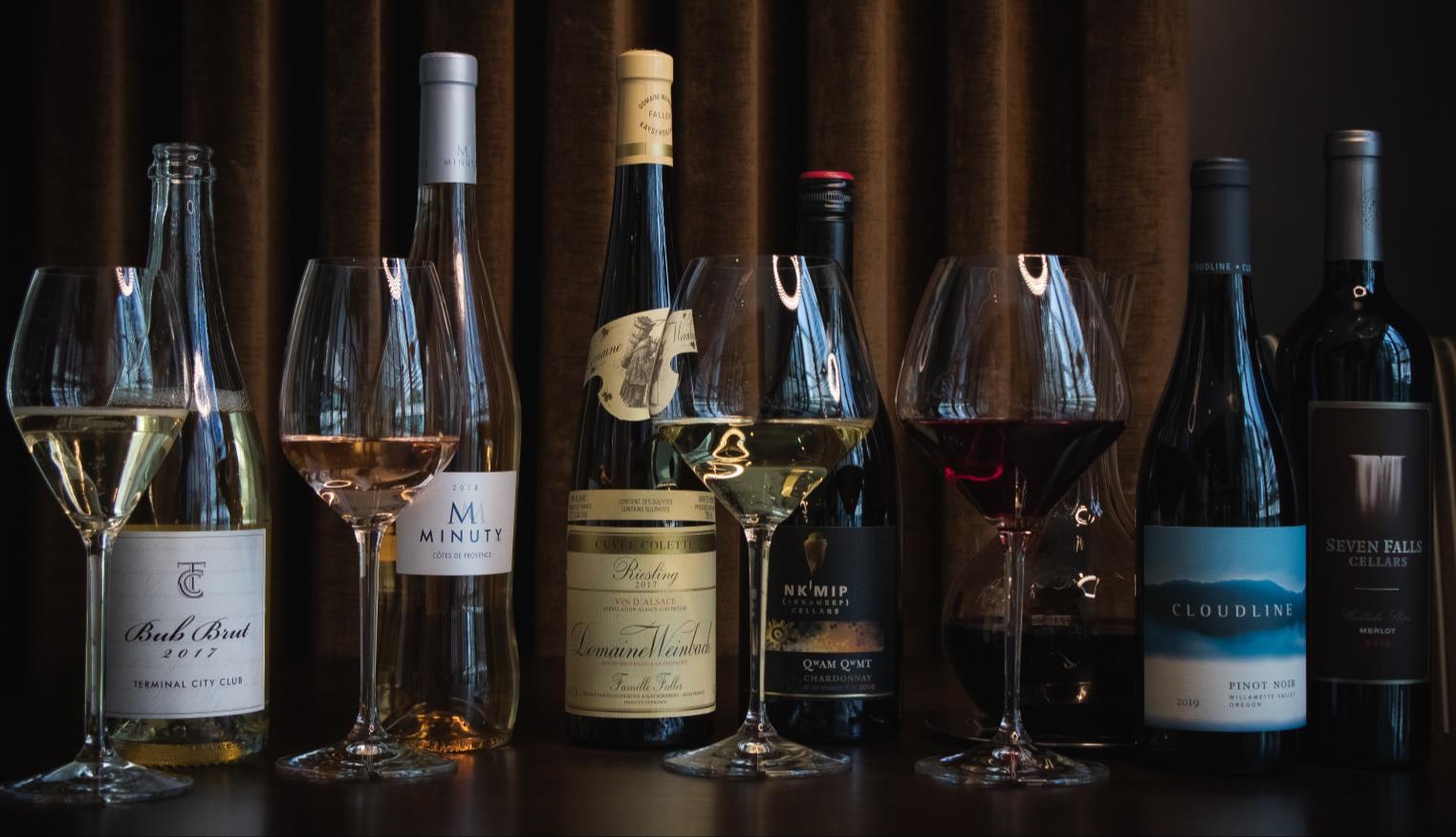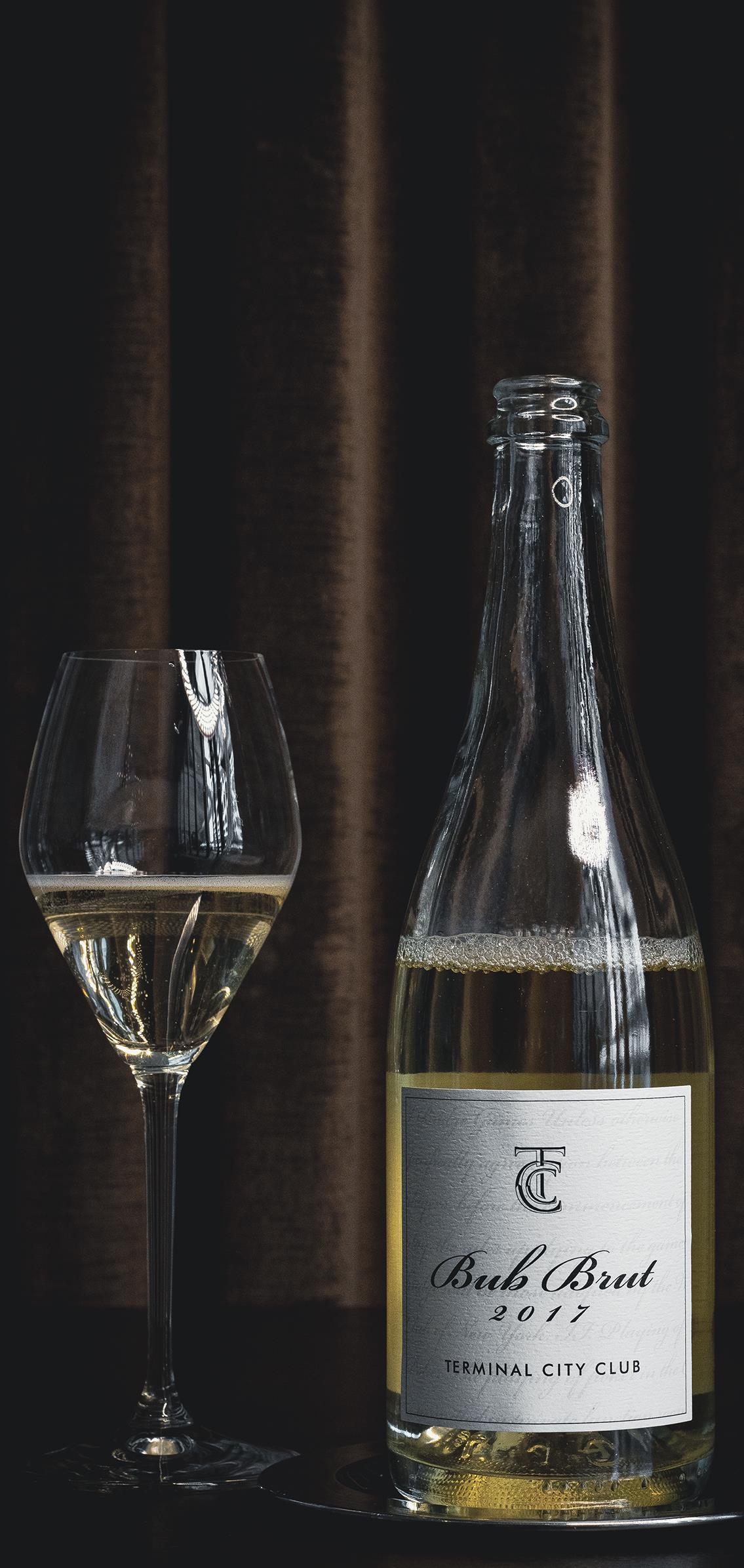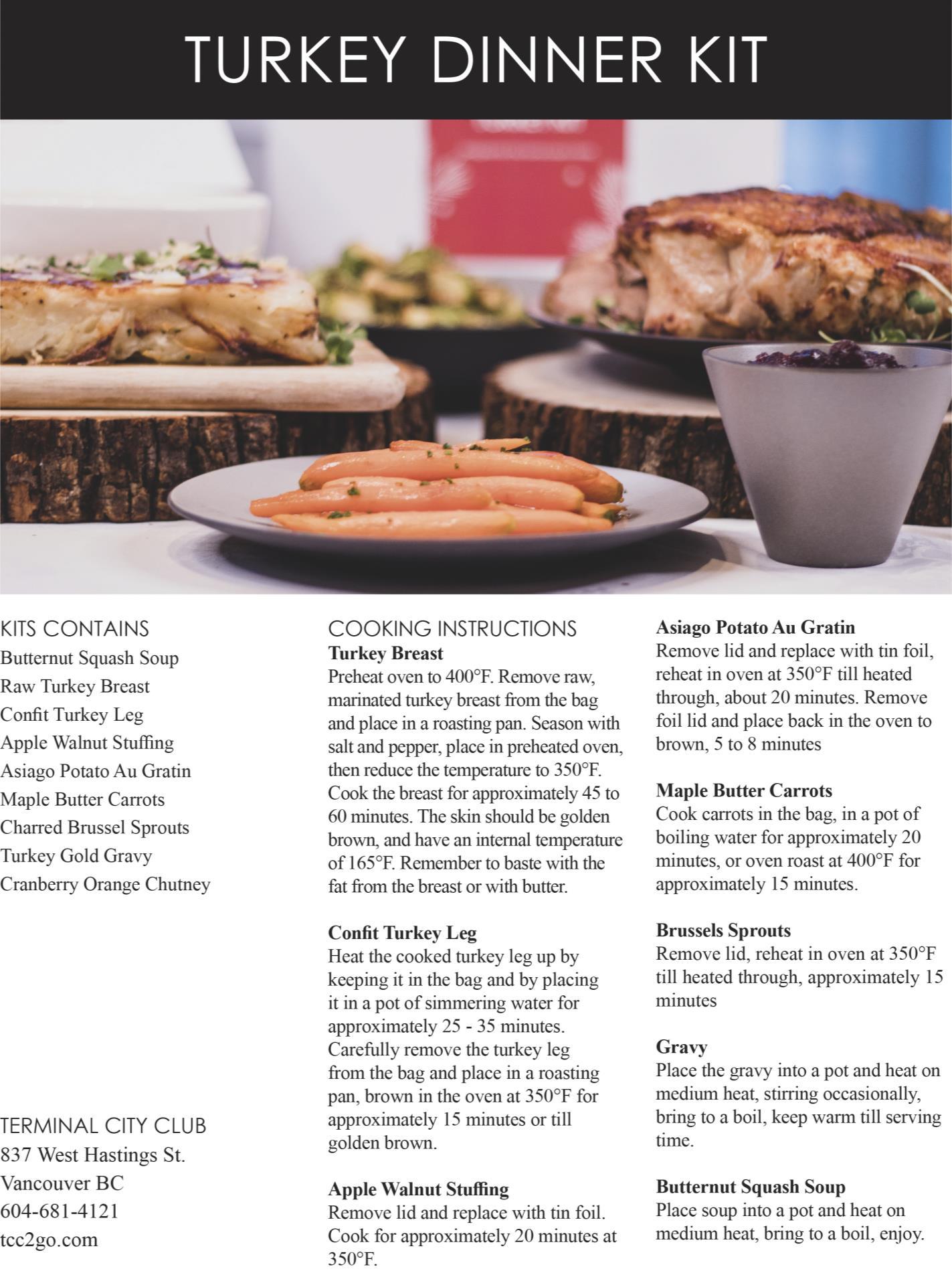
7 minute read
TAKE ME HOME…: EXPERIENCE THE TERMINAL CITY CLUB AT HOME
Take Me Home...
EXPERIENCE THE TERMINAL CITY CLUB AT HOME
Advertisement
Whether a delicious meal after a long day at the office or a family feast for the holidays, entertain in grand style with Vancouver’s best executive chef prepared meal kits, from the Terminal City Club.



Thanksgiving 2021 will be special. With pandemic restrictions loosened, families, friends and neighbours can gather, embrace, laugh and celebrate together in a re-unification that is sure to be emotional and memorable. Such a momentous occasion deserves heavenly cuisine and tempting wines. At Terminal City Club we will be celebrating the holidays with delectable take-home dinners that will make you look like a star with minimal fuss… and we have the right wines worthy of the sumptuous feast. A traditional Thanksgiving dinner features fare that spans the entire flavour spectrum, presenting an exciting opportunity for pairing a range of wines. So many flavours and textures are part of this celebratory dinner from the roasted bird or prime rib, silky gravy, bitter Brussels sprouts, sweet baked squash and earthy potatoes. The best strategy is to line up a few different bottles so that family and friends can choose their favourites – and this way you can please white, pink and red wine lovers. See the handy food and wine pairing guide, below, for a selection of wines from the Terminal City Club cellars that will deliciously elevate Thanksgiving dinner:
Sparkling wines are always the most festive way to get the party started. We have much to be thankful for this year, so let’s toast our good health and bright future. Our bespoke TCC bubbly is made just like champagne which adds toasty, nutty complexity, and pillowy mousse. Bone-dry, crisp, and racy, TCC BUB Brut 2017 ($53) from the Okanagan Valley will commence the celebrations on an elegant note. If turkey is the main event, it is time to pour Rosé. Pink wines deliver white wine-like refreshment with the intensity of a red wine. Why? Because most rosés are made from red grapes. We love the grenache-based beauty from Château Minuty ($50), it’s proper dry Provençal rosé with a perfect balance of red fruit flavours and savoury panache. Thanksgiving Whites can go in two directions – potent and unoaked, or opulent with the lush spiciness that a kiss of oak can bring. Riesling, from sunny Alsace, has the right intensity and
excitement. Domaine Weinbach’s Cuvée Colette Riesling ($107) is brimming with orchard fruit and minerals, plus it is made from biodynamically farmed grapes. NK’Mip Winery in the South Okanagan is North America’s first Aboriginal winery. Pull the cork on their stylish Qwam Qwmt Chardonnay ($56) and you’ll taste peaches and tropical flavours with a fine lacquer of posh oak. Broad and fulsome, it’s a statuesque wine for an elegant Thanksgiving table.
Fruit-forward reds with moderate tannins will harmonise with roast holiday meats, but not be drowned out by powerful side dishes like brussels sprouts or sweet yams. Beaujolais and Zinfandel are always safe bets, but it’s easy and exciting to go further. Rioja, Valpolicella, Malbec, Côtes du Rhône, Grenache and Syrah are all excellent choices. Whatever red you choose, just make sure they are fruit drenched and bright – and this usually means wines from growing regions with warmer climates. Fruity new world Pinot Noir is a successful match for turkey with all the trimmings. Cloudline Pinot Noir ($44) from Oregon’s Willamette Valley displays vivid red berries, earthy complexity, and a light touch of oak. Pinot works so well because it has tangy acid to refresh each bite, bouncy fruit and well-behaved tannins that melt into food. Merlot’s plummy fruit and suave tannins easily encompass Thanksgiving’s cornucopia of flavours. Eastern Washington is famed for this grape, and Seven Falls 2015 Merlot ($52) is sleek and satisfying. Go to tcc2go.com to order TCC’s Turkey Dinner Kit with all the trimmings. Don’t forget the silky and nutritious butternut squash soup – a fitting autumnal first course for Thanksgiving Dinner 2021.



Terminal City Club Wine Director DJ Kearney’s Pro Tips to Pairing Food & Wine
While our nose can distinguish and remember thousands of scents, the tongue has receptors for only five flavours: sweet, sour, salty, bitter and umami. The best food and wine pairings pay attention to the interactions between these five flavours, which can be found in both the food and in the wine.
A few basic guidelines can help you pair like a pro. The first step is to relax! Most food and wine get along nicely. There are few hard and fast rules about matching food flavours, but a few guiding principles can be very helpful.
There are two fundamental pairing approaches: CONTRASTING & COMPLEMENTING. Match similar elements of flavour and texture together in a complementary fashion – like a rich chardonnay with opulent crab or lobster. Just as successful is a complete contrast, such as a salty foie gras pâté and a sweet wine like Sauternes or BC ice wine.
The Colour Guideline is always safe and reliable:
• White wine with fish or white meat and red wine with red meat.
The Weight and Intensity Guideline
• If the food is deeply flavourful, the wine must be too - match power with power. • Consider the intensity of the grape variety: Cabernet Sauvignon is more intense than Pinot Noir and
Chardonnay is more powerful than Riesling. • Winemaking methods that can add weight and flavour to wine, such as new oak. • Cooking methods can also add weight to a dish:
Lighter-weight cooking methods: o poaching, steaming, sautéing Heavier-weight cooking methods: o grilling, searing, braising, roasting, deep frying
• Higher alcohol wines like Zinfandel and Grenache have more weight and mouthfeel than lighter wines like
Pinot Noir or Beaujolais.
The Regional Guideline
When in doubt, the failsafe method is the Regional Guideline – if it grows together, it goes together. • Lamb and Cabernet Sauvignon (Bordeaux). • Coq au Vin and Pinot Noir (Burgundy). • Pork and Riesling (Germany). • River fish and Sauvignon Blanc (Loire). • Bresato and Barolo (Piedmont). • Salmon and Pinot Noir (Oregon).
The Price Guideline
Match the dollar signs! If the food is high end, the wines should be too.
No matter which guideline you follow, always make sure the weight and intensity are similar – these are never ever contrasted!
Food & Wine Chemistry We have receptors for FIVE TASTES: Salt, Sweet, Sour, Bitter & Umami
The most magical matches of food and wine are achieved when these elements of flavour are harmonized or opposed in ways that create alchemy.
Important interactions to know:
• Acidic wine with acidic food – overall perception of acid is lower. • Acid wine with sweet food - overall impression is to heighten acid. • Acidic wine with salty food – wine will seem less acidic, rounder and fruiter. • Salty food with sweet wine - wine will seem fruity and bright. • Salty food with tannins – any bitterness will be diminished, wine will seem fruiter, richer. • Tannic red wines are softened by salt, protein and fat.
Interactions to avoid:
• Fish and tannic red wine is seldom successful. Oils in fish make reds taste metallic and bitter. Choose lower tannin reds like Pinot Noir or Gamay for fish. • Sweet food with dry wines does not work! The wine will taste sour and sharp. If the food is sweet, the wine must be at least as sweet. For savoury pairings like duck with cherry sauce, you will need a fruit-forward dry wine like California Pinot Noir.
Tricky ingredients that can fight with wine
• Asparagus/artichokes – try Sauvignon Blanc. • Spinach – fruity white or red. • Chocolate and ice cream – intense, sweet wines are needed. • Eggs – dry sparkling wines are the go-to for egg dishes. • Oily fish – avoid any tannins, crisp whites and rosés are best. • Smoked fish – unoaked, high acidity and bubbles too! • Vinegar – must be paired with wines with sky-high acidity. • Chili heat – stick to lower alcohol wines like fruity Rieslings. • Soy sauce – fruit-forward wines from warmer climates will pair well.
Wine Service Temperatures
Champagne and Sparkling wines: 6 – 10 ° C / 42 – 50 ° F
Dry lighter Whites and Rosés: 6 – 8 ° C / 42 – 46 ° F
Dry rich Whites and Rosés: 6 – 10 ° C / 42 – 50 ° F
Light-bodied Reds: 10 – 12 ° C / 50 – 55 ° F
Medium to full-bodied Reds: 12 – 18 ° C / 60 – 66 ° F (We call this European room temperature!)
Sweet wines: 5 – 8 ° C / 40 – 45 ° F
(Fortified wines like Port and Sherry should be served at cool temperature; Fino and Tawny styles can have a slight chill.)









